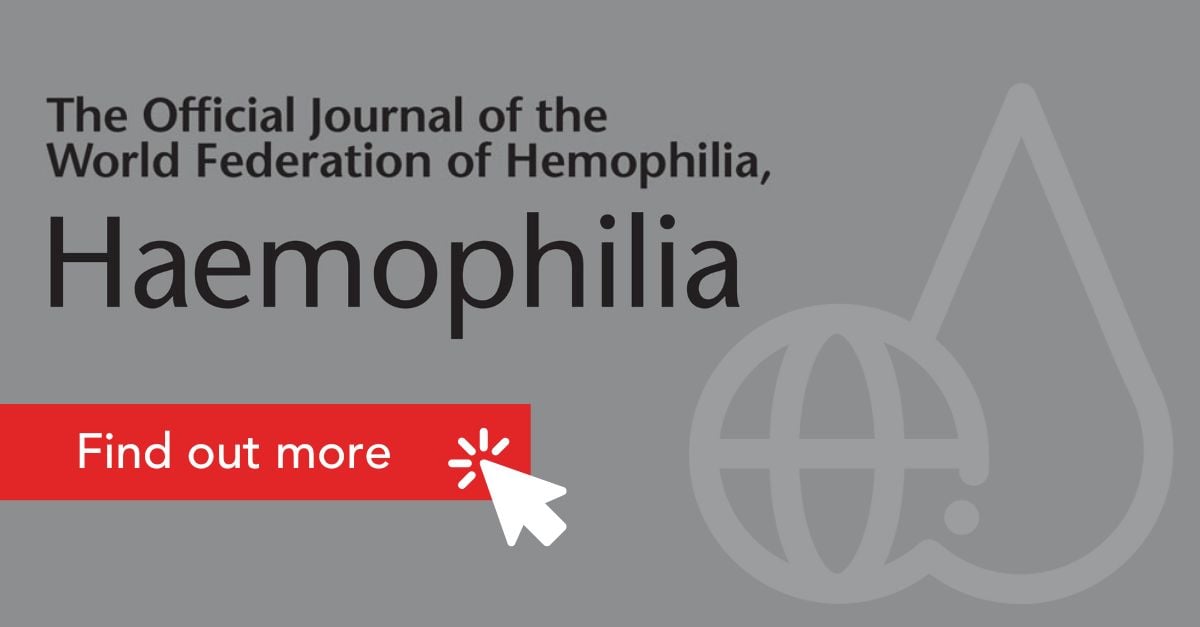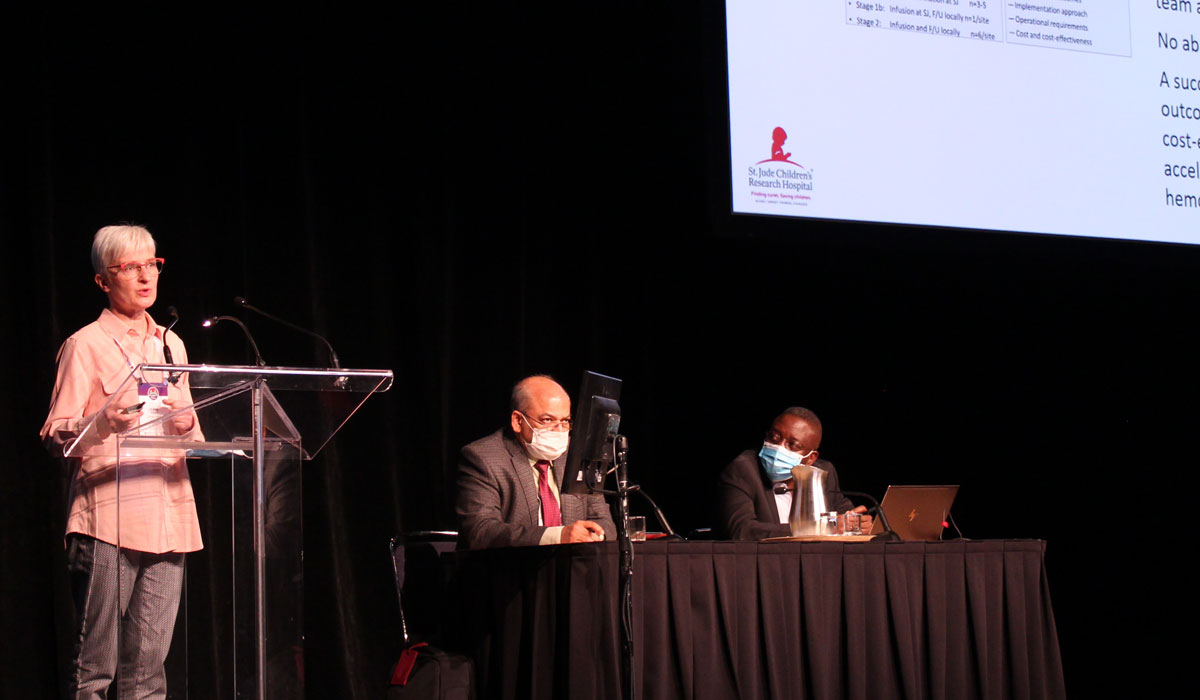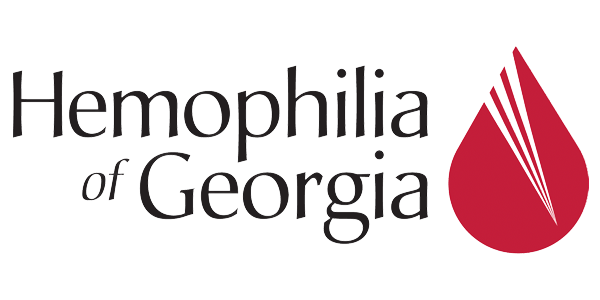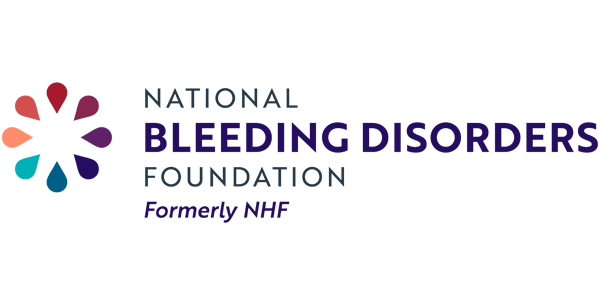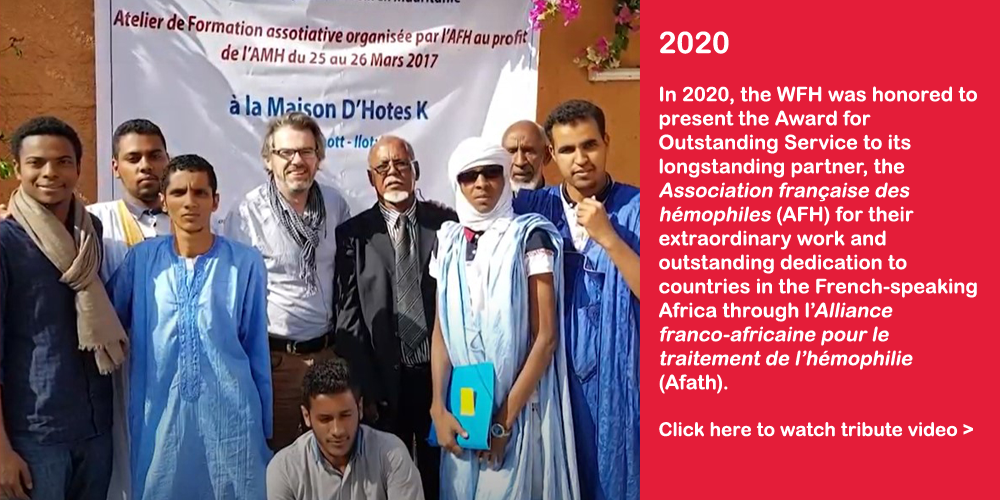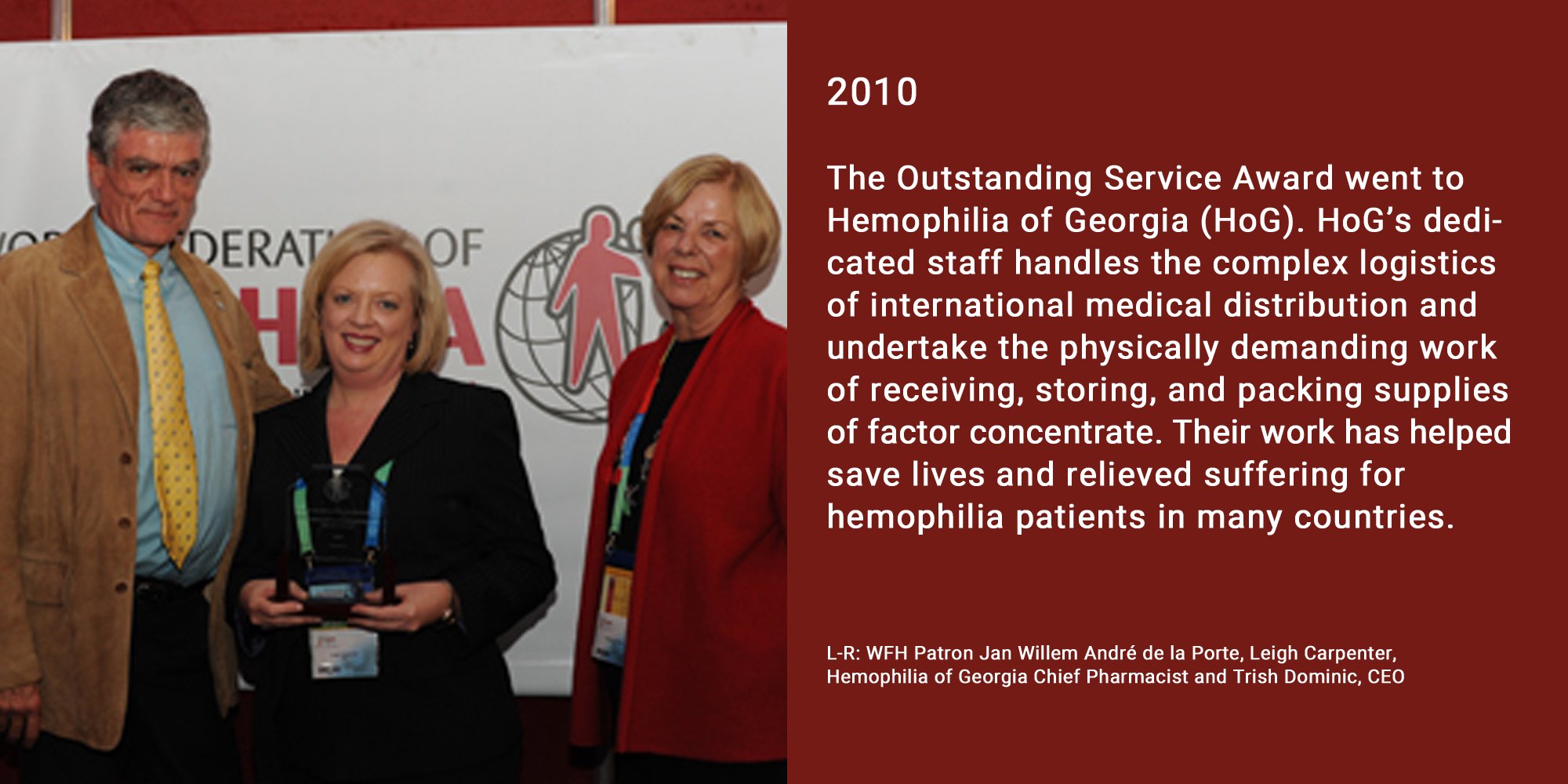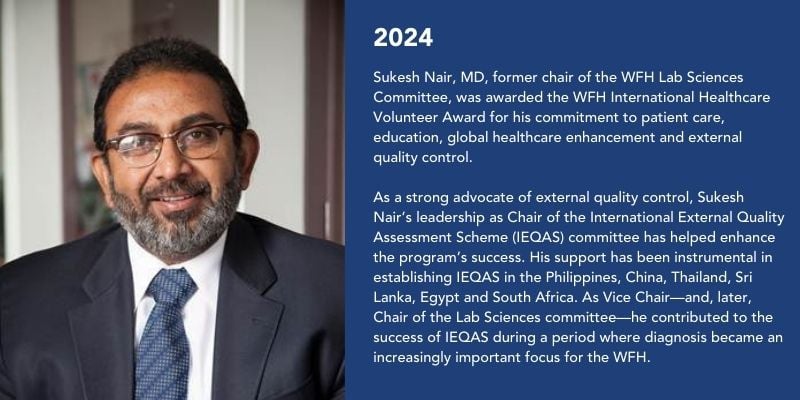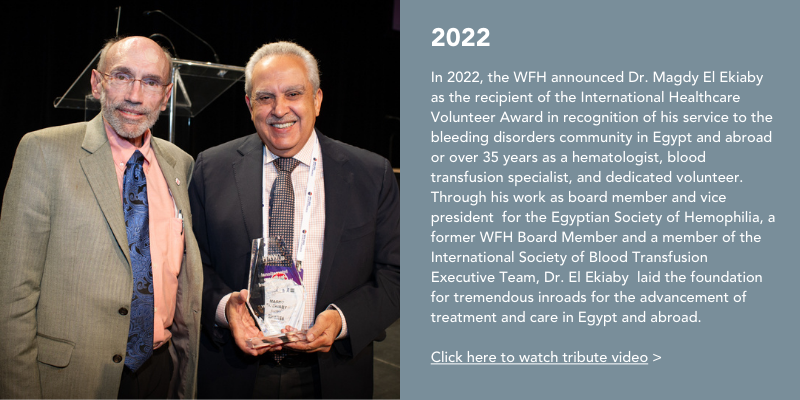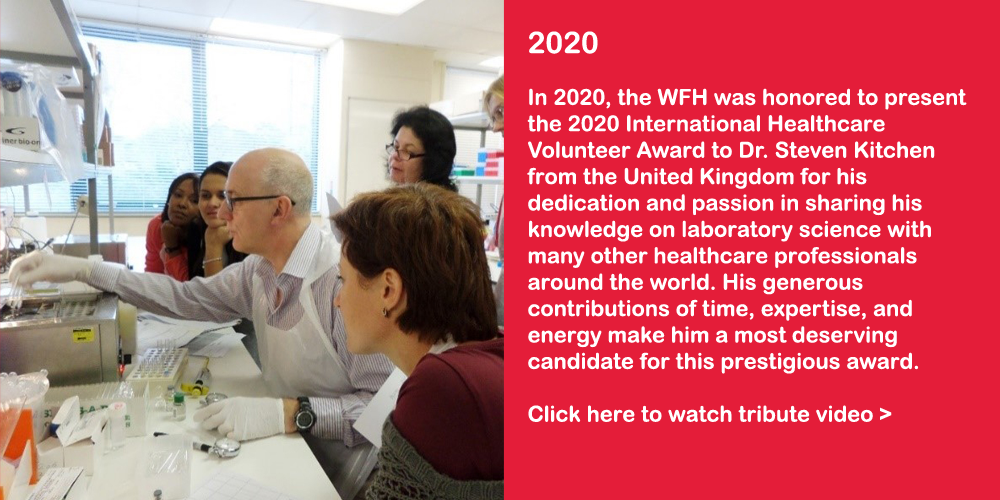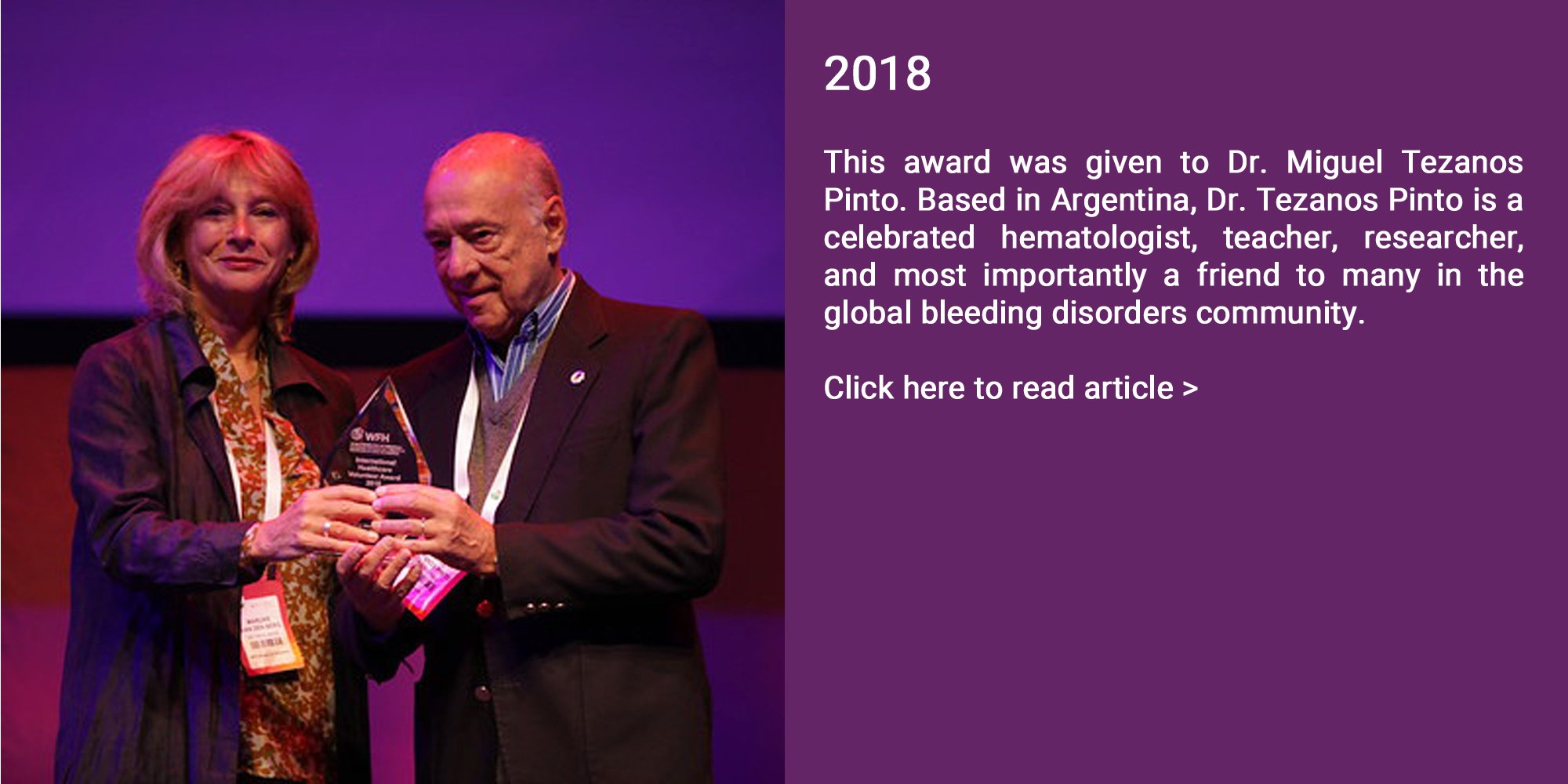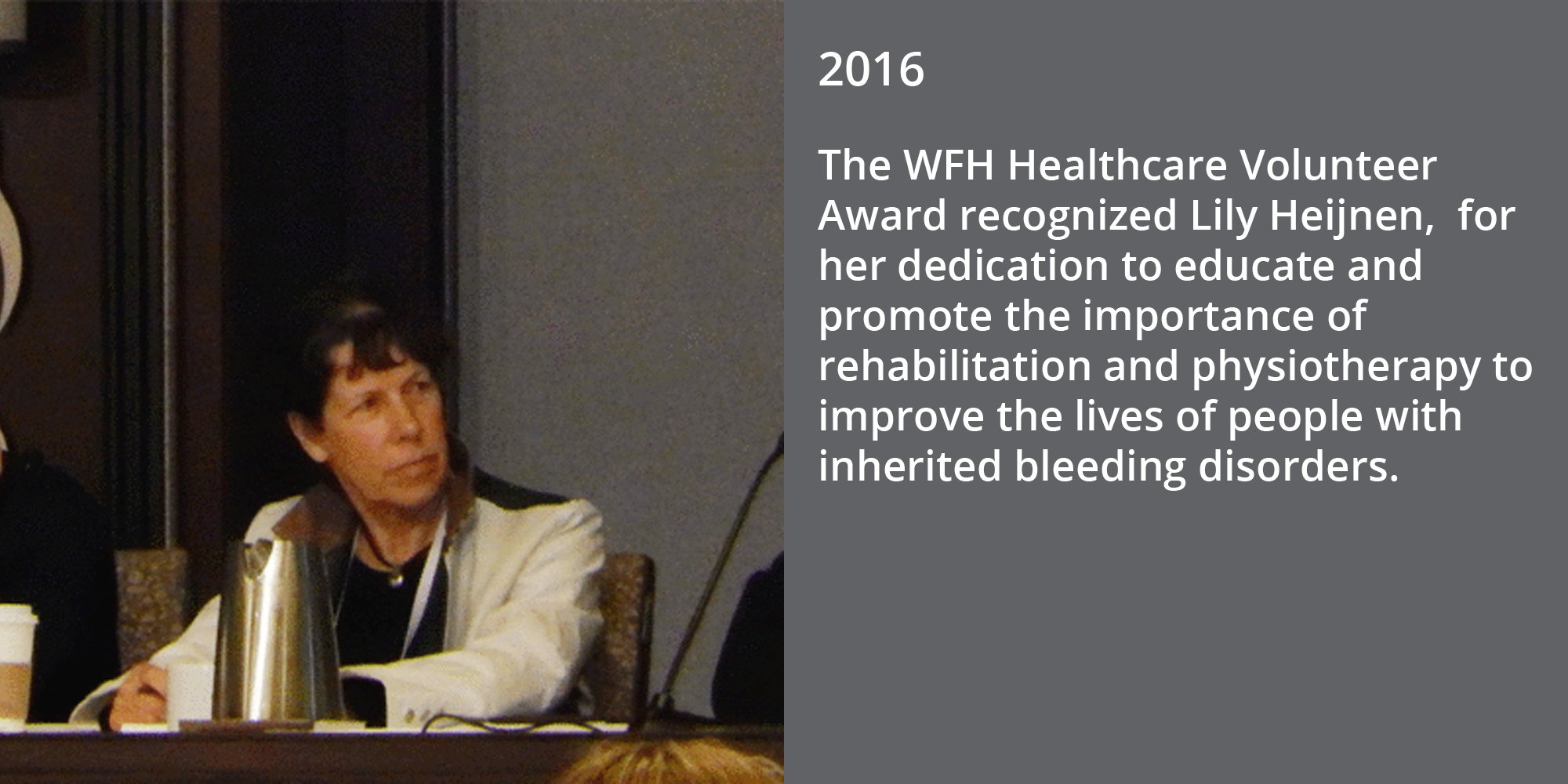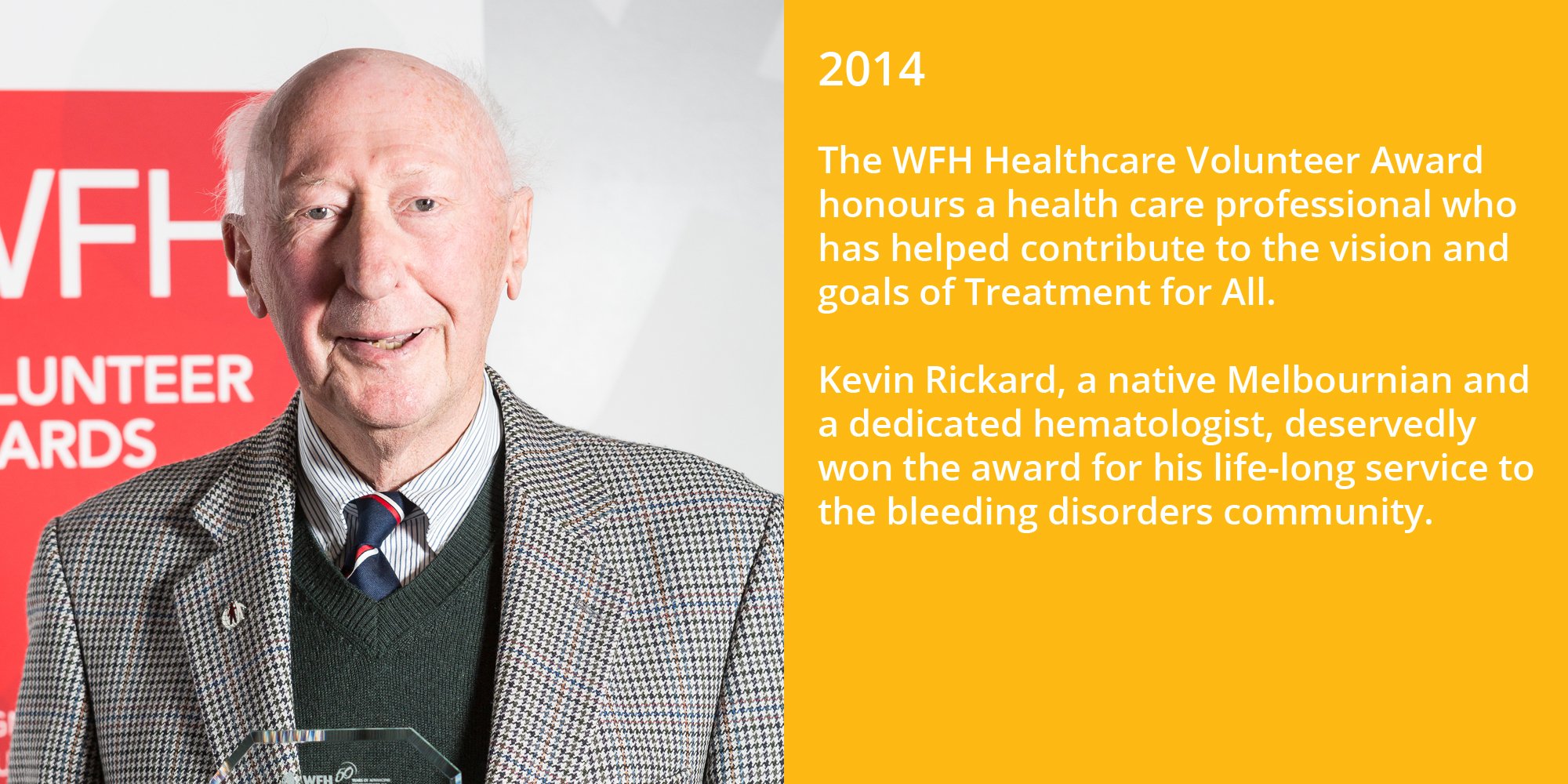“St-Jude initiative in low and middle income countries” was given by Ulrike Reiss, Director at the Hemophilia Treatment Center, St. Jude Children’s Research Hospital, U.S.A. He found that a successful trial, implementation outcomes, and health outcomes, and cost-effectiveness findings will accelerate equitable access to hemophilia gene therapy.
Lei Zhang, Professor and Vice director of Thrombosis &Hemostasis Center at the Institute of Hematology and Blood Diseases Hospital, Tianjin, China, gave his talk, “Gene therapy in China”. He found that the first AAV-based liver-tropic gene therapy trail in for Chinese hemophilia B patients are effective and safe.
“Gene therapy in Japan” was given by Tsukasa Ohmori, Doctor at the Jichi Medical University, Tochigi, Japan. Ohmori said that in Japan, 32% of people with hemophilia want gene therapy while 49% are unsure. The expectations of gene therapy were on its effectiveness, on its pervasiveness (how many patients have been treated), on the duration of the effectiveness of the treatment, and on the cost of the treatment. Progress has been positive, with support from the Japan Agency for Medical Research and Development (AMED).
“Gene therapy in India” was delivered by Alok Srivastava, Professor at the Department of Haematology, Christian Medical College, Vellore, India. He said his study found that lentiviral vector-based gene therapy for hemophilia offered new paradigm evolving for gene therapy of hemophilia A—different in many ways from AAV based approach. He also found that the ex-vivo lentiviral stem cell-based approach is much more invasive but offers the possibility of treating all patients and at early age. He noted that careful assessment needed of the feasibility, safety and efficacy of this approach.
